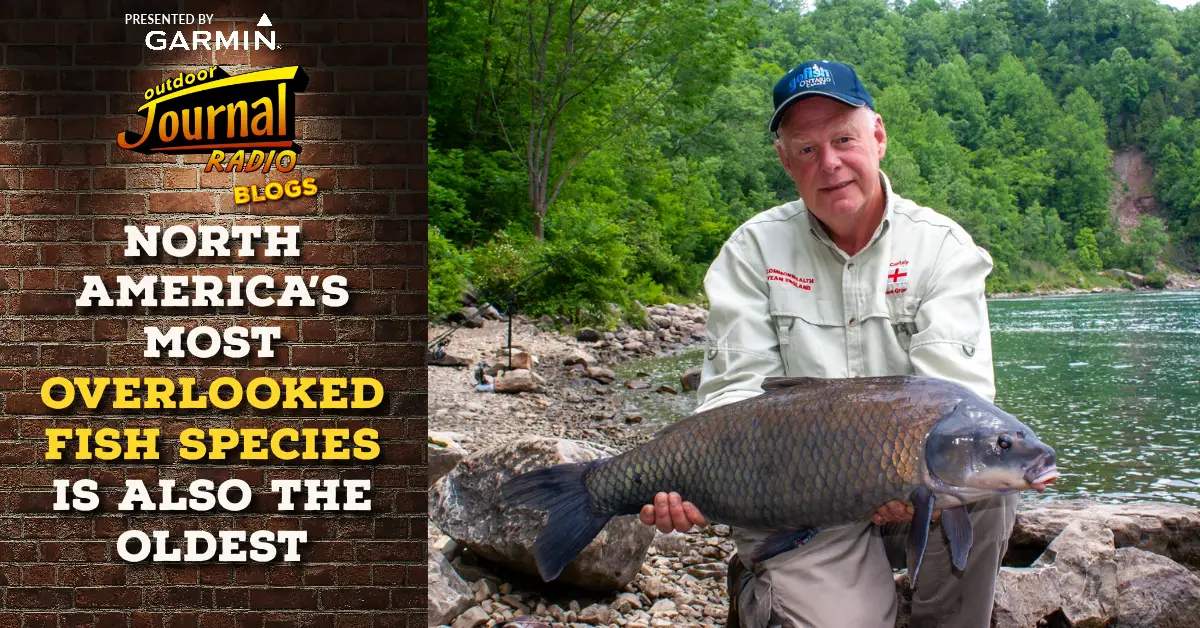A recent study out of the University of Minnesota Duluth (UMD) has provided some fascinating insights into one of the least talked-about species that swim our continent’s freshwater – the Bigmouth Buffalo
Led by Alec Lackmann, PhD, an ichthyologist and assistant professor in the Department of Mathematics and Statistics of the Swenson College of Science and Engineering at UMD, the research focused on a particular lake in Arizona where Buffalofish had been stocked over 100 years earlier.
With Lackmann’s previous research suggesting the incredible lifespan of these fish, the goal of the team was to measure the otoliths of fish caught in the lake to determine their age and use this data to provide insights into their longevity.
Note: Over 90% of fish species have otoliths, a small stone-like bone in their head that grows with age. Like the rings on a tree, researchers can count each layer of the otolith to determine the age of the fish.

Courtesy of NOAA
Amazingly, the researchers found that more than 90 percent of the buffalofishes in Apache Lake (Arizona) were more than 85 years old and that many of the fish stocked back in the 1920s are still alive today!
“These long-lived species of fishes and individuals could be monitored so that we can further study and understand their DNA, their physiology, their ability to fight infection and disease, and to compare these systems across the continuum of age,” said Lackmann. “The genus Ictiobus has the potential to prove of high value to the field of gerontology, and Apache Lake could become an epicenter for a variety of scientific research in the future.”
Bigmouth Buffalo in Canada

The range of Bigmouth Buffalo in Canada
According to the Government of Canada, the Bigmouth Buffalo is one of 18 sucker species found in Canada and one of 15 sucker species found in the Canadian Great Lakes basin.
In terms of appearance, the Bigmouth Buffalo looks very similar to the Common Carp (Cyprinus carpio), but can be distinguished from most other suckers (Catostomidae) by their long, curved dorsal fin.

In fact, these fish look so much like other sucker species that they are frequently mistaken for invasive species such as Asian Carp and Goldfish, earning them a spot on the Invasive Species Centre’s “Common Look-Alike List“, as heard on Outdoor Journal Radio.
This is one reason why researchers like Lackmann are calling for greater awareness and protection for the Bigmouth Buffalo, and all other Buffalofish, citing how the fishing regulations in many places do not properly protect these species and how they are often killed when caught and bow-fished in many areas.

If you’d like to hear more about Bigmouth Buffalo, check out the full episode of Outdoor Journal Radio in the video at the top of the article, or subscribe using your favourite podcast app!





